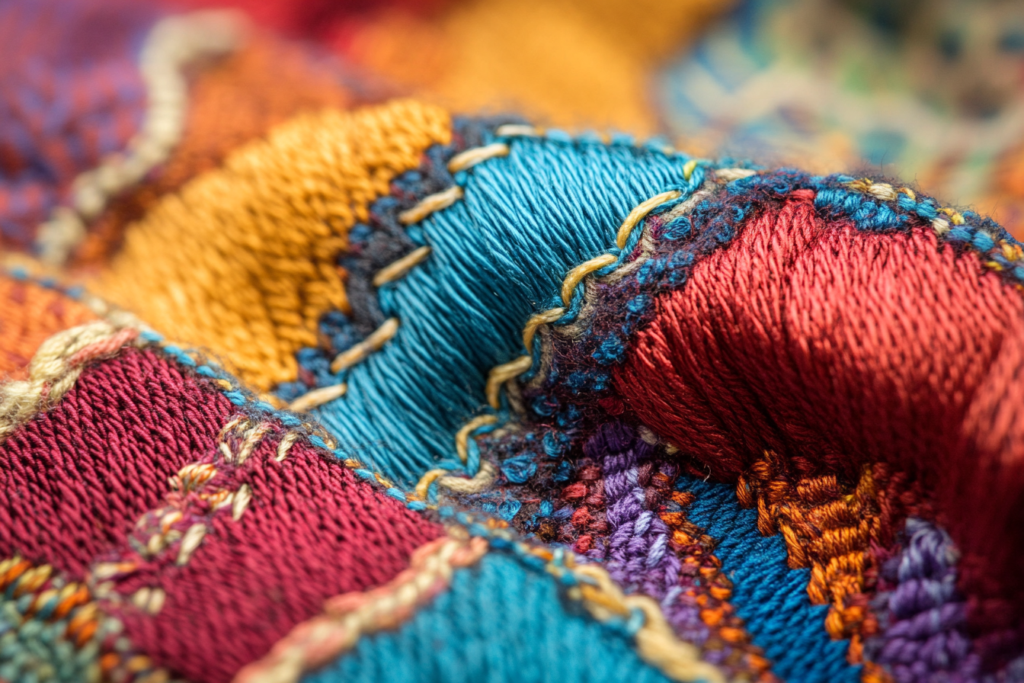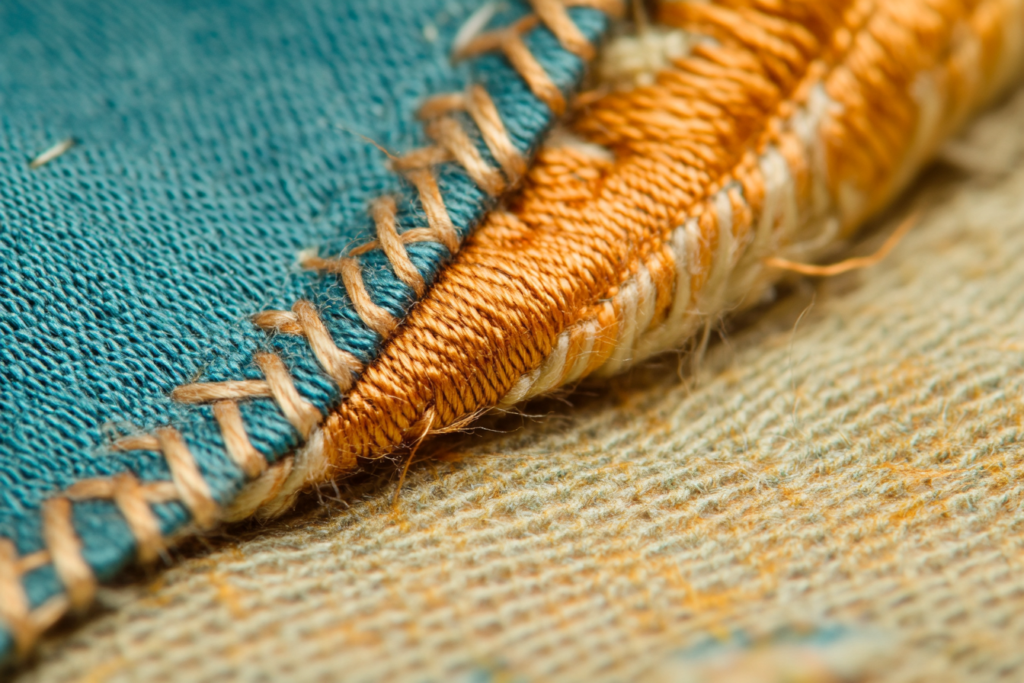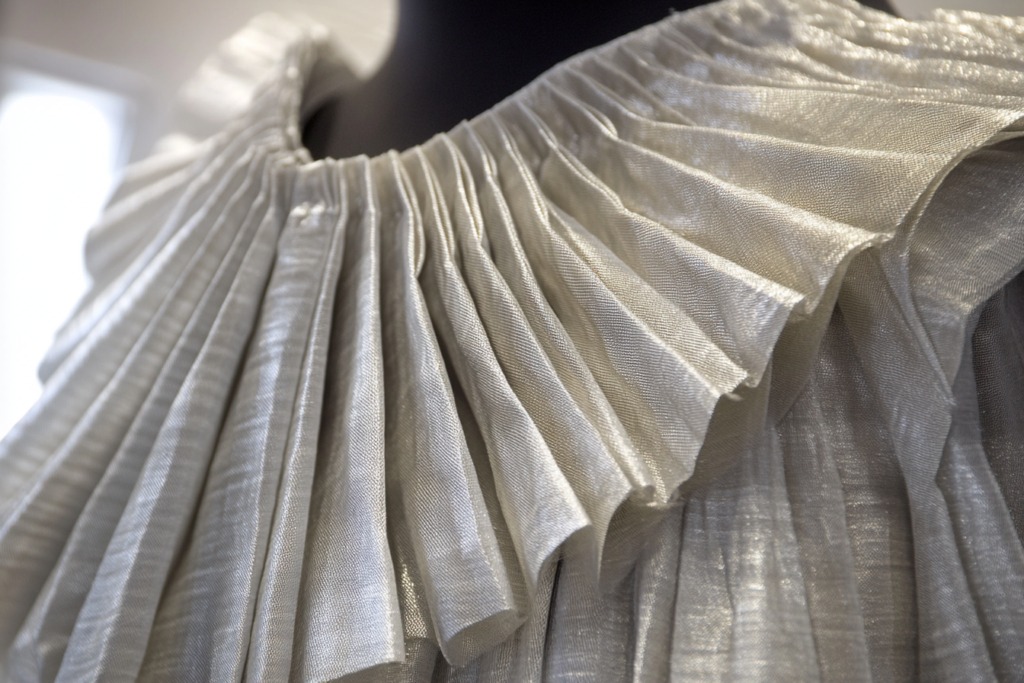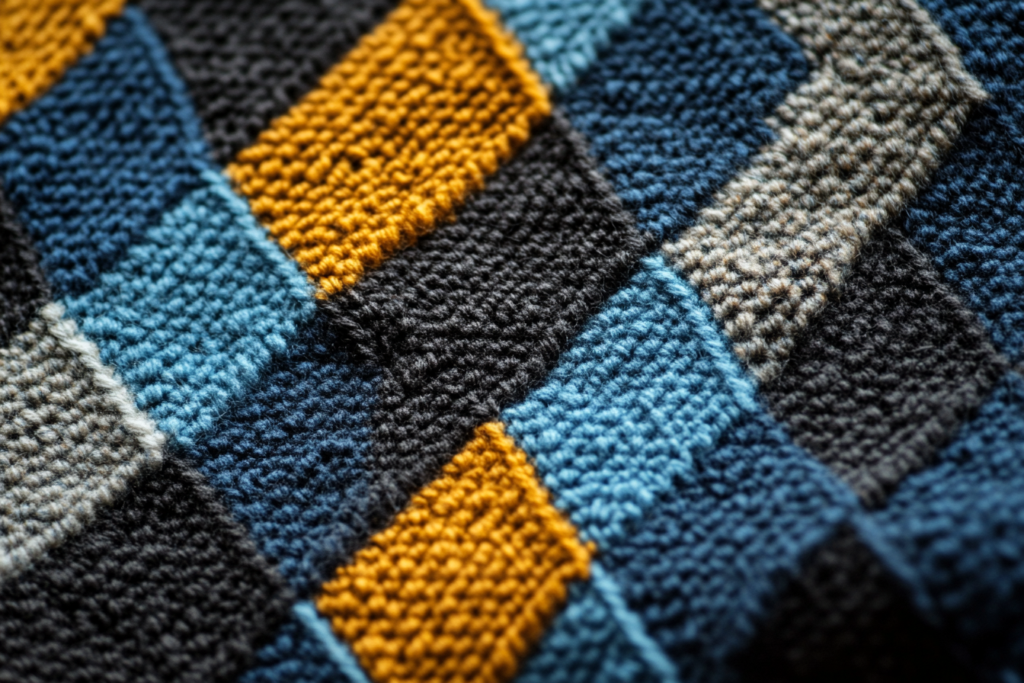Zigzag Stitch: A Versatile Stitch for Seam Finishing and Decorative Design
Meta Description: The zigzag stitch is a type of stitch where the top and bottom threads meet at the center, forming a zigzag pattern. Learn how it is used for seam finishing, decorative work, and more.
What is a Zigzag Stitch?
A zigzag stitch is a type of sewing stitch where the top and bottom threads meet at the center, creating a zigzag pattern. This stitch is commonly used for a variety of purposes, from seam finishing to decorative embellishment. Its ability to stretch with the fabric makes it ideal for working with knits and stretch fabrics.


📌 Key Features of Zigzag Stitch:
- Pattern Shape: The stitch forms a zigzag shape, with the needle making diagonal movements to create the pattern.
- Versatility: Used for both practical and aesthetic purposes, including hemming, seam finishing, and decorative accents.
- Stretchability: The zigzag stitch has the ability to stretch, making it ideal for use with stretch fabrics like jersey, knit, and spandex.
How Does the Zigzag Stitch Work?
The zigzag stitch is created by a sewing machine with a zigzag setting. As the machine stitches, the needle moves from side to side, creating the zigzag pattern on the fabric.
📌 Process of Stitch Formation:
- The needle moves to one side, making a diagonal stitch.
- It then moves to the opposite side, creating the next stitch, forming a continuous zigzag pattern along the seam.
This process allows for flexibility in how the stitch is used. The width and length of the zigzag can be adjusted depending on the desired result.
Uses of Zigzag Stitch
📌 Seam Finishing
- One of the most common uses of the zigzag stitch is for finishing seams. The zigzag stitch helps prevent fabric edges from fraying by binding the edges of the fabric together. This is especially important in lightweight fabrics or stretch fabrics that are prone to unraveling.
📌 Hemming
- Zigzag stitch is also commonly used for hemming garments, especially in knits. Since the stitch can stretch with the fabric, it ensures the hem remains intact and functional, even after multiple washes or wear.
📌 Decorative Stitching
- Zigzag stitches can be used as a decorative element in garments, home decor, or accessories. When used creatively, it can add a unique textured effect to seams, cuffs, necklines, and edges.
📌 Attaching Elastic
- The zigzag stitch is ideal for attaching elastic to fabrics, especially when sewing stretch fabrics. Its stretchability allows the elastic to stay secure without losing its shape.
Types of Zigzag Stitch Patterns
📌 Standard Zigzag
- The standard zigzag stitch is the most basic form, used primarily for seam finishing and hemming.
📌 Triple Zigzag
- The triple zigzag stitch makes three passes over the fabric, providing extra strength and durability. It is especially useful for stretch fabrics or heavy fabrics that need a more secure stitch.
📌 Narrow and Wide Zigzag
- The narrow zigzag stitch is used for delicate fabrics or when a finer stitch is needed. The wide zigzag stitch is used for decorative purposes, providing a more pronounced zigzag effect.
Benefits of Zigzag Stitch
📌 Prevents Fraying
- By using a zigzag stitch on raw fabric edges, you can prevent the fabric from fraying, ensuring your seams stay intact.
📌 Stretch and Flexibility
- The zigzag stitch is ideal for stretch fabrics, as it allows the stitch to stretch with the fabric, providing comfort and movement in garments like activewear, swimwear, and sportswear.
📌 Versatile Use
- The zigzag stitch can be adjusted for different uses. Whether you need it for functional purposes like seam finishing or decorative applications, the zigzag stitch is a flexible and versatile stitch type.
Illustration of Zigzag Stitch
Below is an illustration demonstrating how the zigzag stitch is formed by the sewing machine. It shows how the needle moves from side to side, creating the characteristic zigzag pattern on the fabric.

Conclusion: The Power of Zigzag Stitch in Sewing
The zigzag stitch is an essential tool in garment construction, offering both functional and aesthetic benefits. From seam finishing to hemming and decorative stitching, it is versatile and can be used across many types of fabrics, including knits and stretch fabrics. Whether you’re securing seams, attaching elastic, or adding a decorative element to your garments, the zigzag stitch ensures a durable and flexible result.



